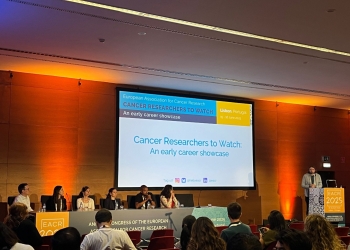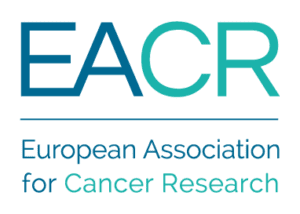The EACR’s ‘Highlights in Cancer Research’ is a regular summary of the most interesting and impactful recent papers in cancer research, curated by the Board of the European Association for Cancer Research (EACR).
The list below appears in no particular order, and the summary information has been provided by the authors unless otherwise indicated.
Use the dropdown menu or ‘Previous’ and ‘Next’ buttons to navigate the list.
Lorenzo-Martín, L.F., Hübscher, T. et al. Nature. 629, 450–457 (2024).
doi: 10.1038/s41586-024-07330-2.
 Summary of the findings
Summary of the findings
process. This limited understanding of cancer initiation is largely due to the difficulty of modeling tumorigenesis in the laboratory. Although conventional cancer models are useful to study simple cancer cell behaviors, they lack the cellular diversity, tissue organization, longevity, and experimental versatility that are needed to capture the intricacies of tumorigenesis.
To solve this problem, we have developed a cancer model that can capture tumorigenesis ex vivo. We have used advanced microfabrication, tissue engineering, and optogenetic techniques to achieve this. Specifically, we have genetically engineered healthy colon epithelial cells to acquire cancerous mutations when exposed to blue light. These inducible cells have then been cultured in a microfluidic device designed to support the formation of long-lived miniature colon tissues (“mini-colons”) with in vivo-like structure.
This combination of techniques has enabled us to trigger oncogenic mutations in specific regions of “lab-made” colon epithelia, which we could then track in real-time and at single-cell resolution. This has enabled us to follow the progression of mutated cells from early-stage hyperplasias to full-blown tumors, capturing the tumorigenic process in
unprecedented detail.
.










